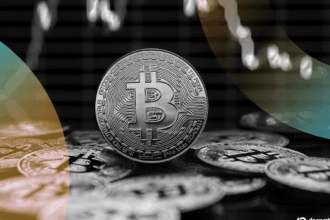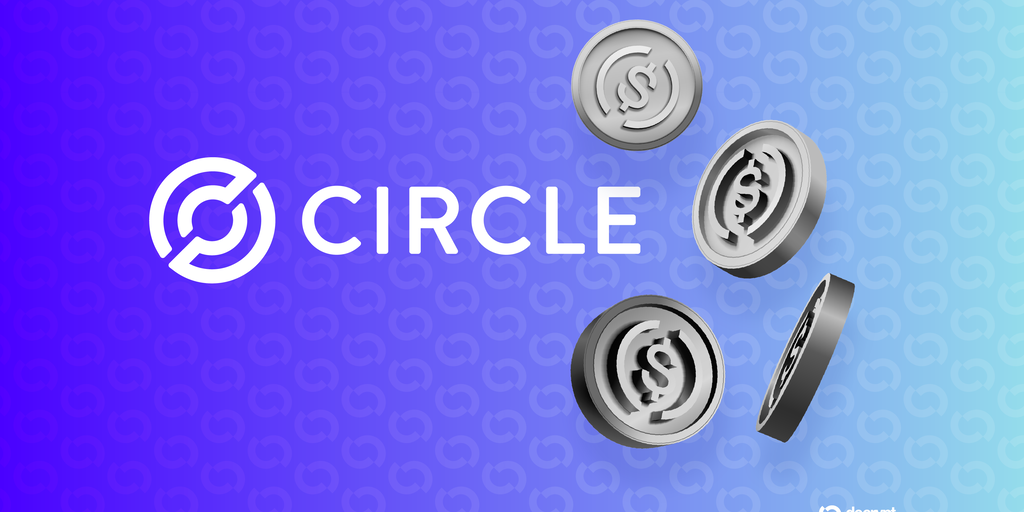In Brief
- David Schwartz, Ripple’s CTO, clarifies that Ripple does not control XRP Ledger.
- Schwartz stated attempts to censor transactions would pressure Ripple, which hasn’t happened.
- He acknowledged Ripple manages roughly 1% of validators, questioning their decentralization perception.
XRP Ledger’s codebase lacks secret controls enabling Ripple to dominate the network, according to Chief Technology Officer David Schwartz. Despite its adoption by financial institutions, persistent questions about Ripple’s influence linger.
Speaking to Decrypt, Schwartz noted, “We are a major contributor, but we have no interest in running the network.” He added, “We wouldn’t want to censor transactions, as that invites pressure.”
Critics have long questioned XRP Ledger’s decentralization, citing the number of validators compared to other networks. Ripple runs “something like 1% of the network,” providing context for its influence.
Current statistics show 23,000 Bitcoin nodes online and 186 XRP Ledger validators. While Ripple maintains one validator, this represents a negligible percentage. Network modifications require 80% consensus.
Schwartz differentiated his role co-founding XRP Ledger before joining Ripple, contrasting it with Vitalik Buterin’s role with Ethereum. He also addressed concerns about Ripple controlling the XRP supply (reportedly holding 38 billion XRP in escrow), emphasizing that this doesn’t control transactions.
Evidence suggests Ripple has reduced its validator control over time. While managing one out of 35 validators previously featured on the XRP Foundation’s default list, that represents only a 1% share, indicating limited network control.












